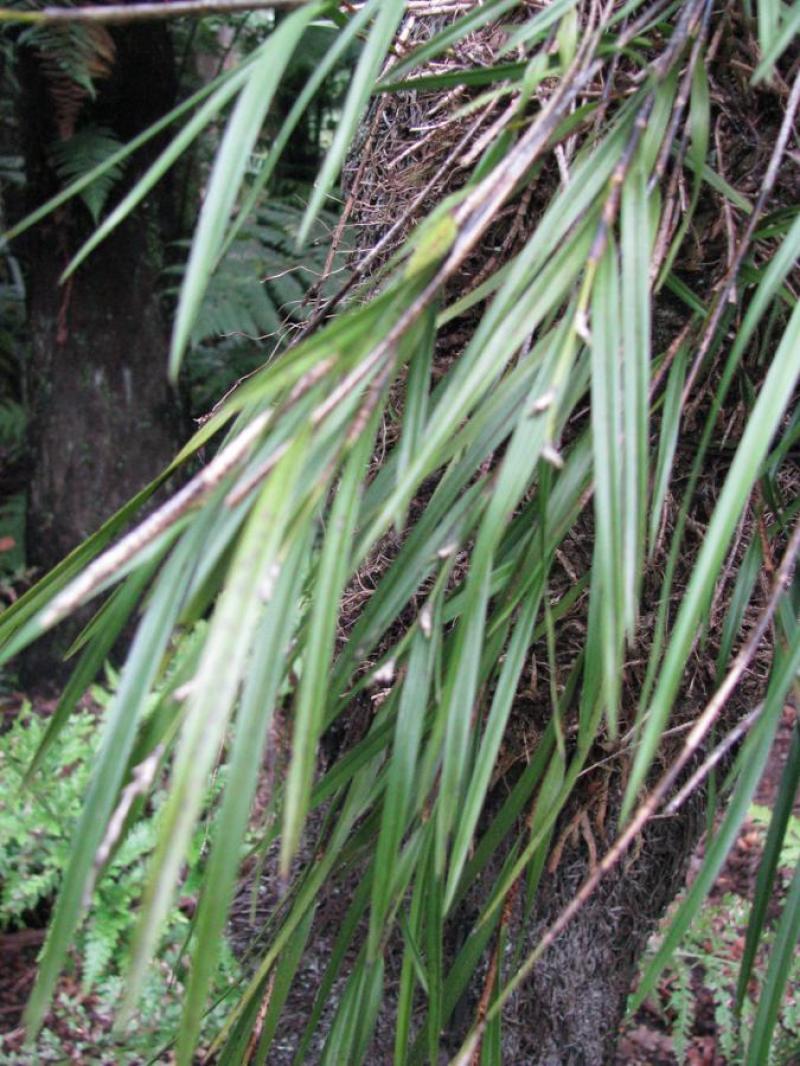Earina autumnalis
Also known as: The Fall Flowering Earina or Cymbidium autumnale Earina alba Epidendrum autumnale Earina suaveolens in the subfamily: Epidendroideae
Native to: Wellington - New Zealand
General Information
The Fall Flowering Earina is a cool to warm growing orchid belonging to the sub family Epidendroideae native to New Zealand.
Plant Description
Grows to 100cm. Each new growth has numerous leaves that grow to 0.5-12cm long. Pseudobulbs grow to 0.3-100cm
Flowers
Numerous fragrant blossoms appear
Fragrance
The orchid is fragrant.
Substrate(s)
- Coarse
- Medium
- Fine
- Bark
- Spaghnum Moss
- Perlite
- IsFragrant
Climate
These orchids grow in cool climates, at low altitudes, in cool plains, forests or coastal scrub.
They are forgiving of humidity variances as long as temperatures are kept on the cool side. They can do well outdoors in the garden in cool and temperate areas, though it is important that they are protected from warm dry winds. They can enjoy morning sun especially in winter but will need protection from the hot sun in the afternoon and during summer. With some acclimatisation they may be able to receive more sun.
Grows at low elevations. Rainfall ranges from 56mm to 102mm per day, heaviest in January and lightest in March. Humidity ranges from 63% to 82%, highest in January and lowest in July. Temperature ranges from 4C to 23C, highest in July (13C to 23C) and lowest in January (4C to 13C).
Watering
These orchids prefer a wet-dry cycle between waterings, they should be watered frequently but only when the moisture is approaching dryness, where the pot feels light and/or the media looks dry. Keep an eye on mounted orchids in warm weather as they may dehydrate quickly.
Fertiliser
Apply liquid based fertiliser per recommended directions. They can benefit from a high phosphate fertiliser leading up to flowering season, followed by a high nitrogen fertiliser when new growth appears, and a balanced fertiliser in other times. These orchids can also tolerate slow release fertiliser applied 1-2 pellets per cup (250ml) of media.
Use balanced fertiliser during Spring and Summer. Be sure to flush out excess fertiliser by running water through the media regularly year round. Apply fertiliser regularly at half strength year round. Use a high Nitrogen fertiliser during Spring and Summer. Use a high Phosphorous fertiliser during Summer.Potting
This plant does very well in baskets or suspended pots This plant does well mounted to Cork slabs. Repotting is best done annually.














